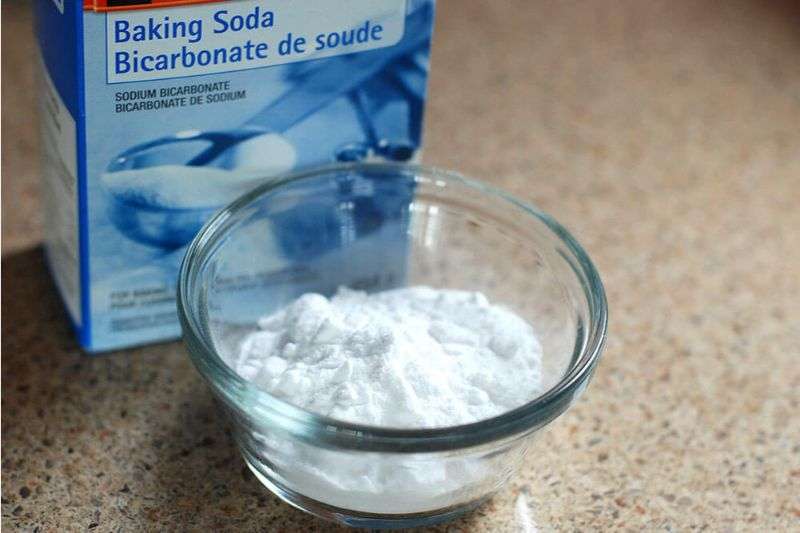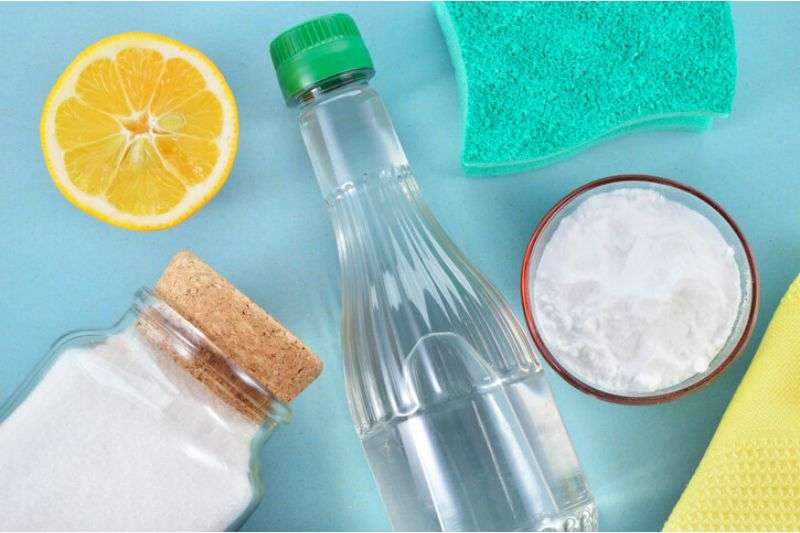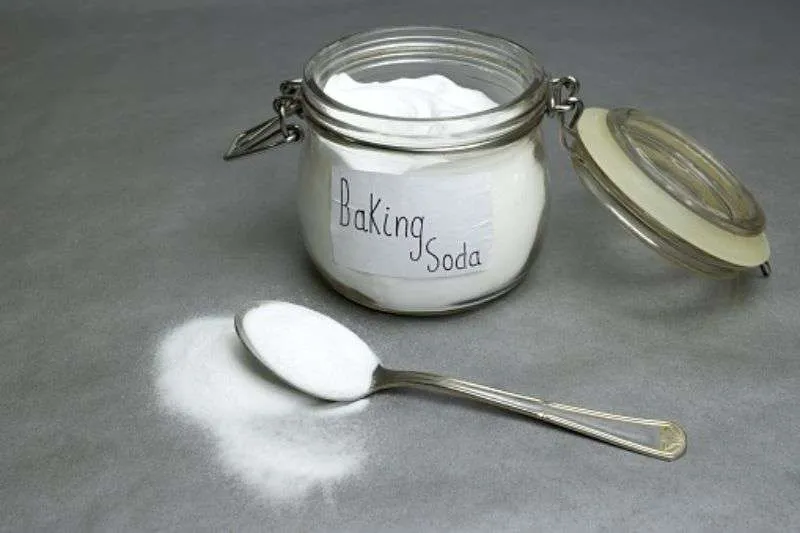Are you looking for an effective and affordable way to maintain your septic tank? Baking soda septic tank treatment is a widely used and economical solution that can help keep your septic tank emergency functioning properly. This blog post will provide comprehensive information regarding baking soda related to the maintenance of a septic tank.
From the chemical composition of baking soda, regular maintenance on your septic tank with baking soda, and common mistakes to avoid when using this method—this guide has it all. Read on to learn more about how baking soda can be instrumental in keeping your septic system functioning properly.
How much baking soda to put in the septic tank

The amount of baking soda you use to maintain your septic tank depends on the size and type of system, as well as the condition of the tank itself. Generally speaking, 1 pound (454 g) of baking soda should be added per 500 gallons (1893 L) of water capacity in the tank. However, this is just a guideline—it is best to consult a professional if you are unsure how much baking soda to add to your particular system.
Baking Soda Septic Tank Treatment?

In general, baking soda will not harm a septic system. It can be instrumental in keeping your septic tank emergencies functioning properly by neutralizing any acidic solid waste products that may be present in the tank. Baking soda is an effective cleaning agent and can help to break down organic material that can build up within the system over time.
However, it is important to remember that too much baking soda can lead to excessive healthy bacteria growth in the tank, which can cause problems such as blockages and other issues. As such, it is important to ensure you use the correct amount of baking soda for your septic systems.
How does Baking Soda help you avoid septic system emergencies?
Baking soda can help to prevent septic emergencies by helping to keep the tank clean and free of odors. Baking soda helps to reduce the amount of organic material that builds up in the tank, which can help to reduce blockages and other plumbing issues.
Regular maintenance with baking soda can also help you avoid costly repairs or replacement of parts that may become necessary if your septic system is not properly maintained. Adding baking soda to your septic system will help reduce bad odors from bacteria buildup in the tank.
By performing regular maintenance on your septic tank cleaning with baking soda, you can ensure that your system functions at its optimum level for many years. You may be able to avoid costly and inconvenient repairs or replacements in the future.
Another benefit of using baking soda on your septic system is that it can be an affordable solution compared to other products on the market. Thus, it is a great option for those looking for an economical way to maintain their septic tank and keep it running at its best.
How much baking soda do I put in my septic tank?
The amount of baking soda you use to maintain your septic tank depends on the size and type of system, as well as the condition of the tank itself. Generally speaking, 1 pound (454 g) of baking soda should be added per 500 gallons (1893 L) of water capacity in the tank. However, it is important to consult a professional if you are unsure how much baking soda to add to your system.
It is also important to remember that too much baking soda can lead to excessive bacteria growth in the tank, which can cause problems such as blockages or other issues. Therefore, ensuring you use the correct amount for your particular septic system is important.
FAQS
Is baking soda safe for a septic tank?
Yes, baking soda is generally safe for a septic tank. It can be instrumental in keeping your septic tank functioning properly by neutralizing any acidic waste products that may be present in the tank. Baking soda is an effective cleaning agent and can help to break down organic material that can build up within the system over time.
How often should I put baking soda in my septic tank?
It is generally recommended to add baking soda every 3-6 months, depending on the size and type of your septic system. It is important to check the bacteria levels in your tank regularly to ensure they are not becoming excessive due to too much baking soda being added. It is best to consult with a professional if you have any questions or concerns regarding your septic system.
How can I increase bacteria in my septic tank naturally?
Add baking soda to your septic tank every 3-6 months; there are other ways to naturally increase bacteria in your system. These include adding natural bacteria cultures or enzymes, using septic tank additives or pumps, and avoiding harsh chemicals and detergents that can harm the system.
What can I use to deodorize my septic tank?
Baking soda is a great option for deodorizing your septic tank. Adding baking soda to the system every 3-6 months can help reduce any bad odors that may arise from bacteria buildup in the tank. Natural bacteria cultures or enzymes can also help deodorize your septic tank.
How much baking soda and vinegar are for the septic tank?
The amount of baking soda and vinegar you should use to maintain your septic tank varies depending on the size and type of system, as well as the condition of the tank itself. Generally speaking, an equal mixture of 1 pound (454 g) of baking soda and 1 cup (237 mL) of white vinegar should be added per 500 gallons (1893 L) of water capacity in the tank.
It is important to note that too much baking soda can lead to an excessive amount of bacteria growth in the tank, and therefore, it is important to ensure that you are using the correct amount for your particular septic system.
How do I reduce sludge in my septic tank?
Reducing sludge in a septic tank can be done by regularly pumping out the tank and adding baking soda to the system every 3-6 months. Using septic tank additives or pumps can help to reduce sludge buildup and keep your septic system running efficiently. It is also important to avoid chemicals and detergents that can harm the system, as these can contribute to sludge buildup. It is beneficial to have your septic tank inspected regularly by a professional to ensure that it is running efficiently and free of any problems.
Can you put vinegar in the toilet with a septic tank?
Yes, you can put vinegar in the toilet bowl with a septic tank as long as it is done in moderation. Adding an equal mixture of baking soda and white vinegar (1 pound/454 g of baking soda and 1 cup/237 mL of white vinegar) per 500 gallons (1893 L) of water capacity in the tank should be enough to help keep your septic system running efficiently.
It is important to monitor the bacteria levels in your tank regularly to ensure that they are not becoming excessive due to too much baking soda and vinegar being added. If you have any concerns regarding adding these products, it is best to consult with a professional for advice.
How do you get rid of the wastewater smell?
There are several ways to get rid of wastewater smell. The first step is to identify the source of the odor and take steps to address it. This could include unclogging pipes, fixing plumbing leaks, or ensuring that all drains have water traps to prevent odors from escaping. You can use baking soda or other natural odor-absorbing materials to absorb smells.
You can also use a septic tank additive or enzyme to help break down any organic matter causing the smell and reduce sludge buildup in the tank. You can use air fresheners or deodorizing sprays to mask odors. It is important to remember that these methods should not be used as a substitute for addressing the source of the smell.
What is a homemade remedy for septic tanks?
A homemade remedy for septic tanks is to use baking soda and vinegar. Adding an equal mixture of baking soda and white vinegar (1 pound/454 g of baking soda and 1 cup/237 mL of white vinegar) per 500 gallons (1893 L) of water capacity in the tank can help to keep your septic system running efficiently.
This mixture can help reduce bad odors that may arise from bacteria buildup in the tank and can also help deodorize your septic system. You should monitor the bacteria levels in your tank regularly to ensure that they are not becoming excessive due to too much baking soda and vinegar being added.
What kills bacteria in septic tanks?
Chlorine bleach can be used to kill bacteria in a septic tank. However, it should be used cautiously, as too much chlorine bleach can damage the tank’s structure and cause corrosion. It is important to note that chlorine bleach will not break down solids or reduce sludge buildup in the tank, so it should only be used to reduce bacteria levels.
Other products, such as septic tank additives or enzymes, can help break down solids and reduce sludge buildup in the tank while still killing bacteria. Consulting with a professional is recommended when using these products.
How do you unclog a septic tank with baking soda?
To unclog a septic tank with baking soda, start by mixing a few tablespoons of baking soda with a cup or two of hot water. If you need an extra cleaning boost, add white vinegar to the mixture. Pour this solution down the affected drain and let it sit for several minutes to break down the clog. Afterward, flush the drain with hot water or use a plunger to help clear any remaining blockage. This natural method is safe for your septic system and can be used regularly for maintenance.
Can I use baking soda and vinegar together for my septic system?
Yes, baking soda and vinegar can be used together as a natural cleaning solution for your septic system. The combination creates a fizzing action that can help dislodge clogs and clean your pipes without damaging the beneficial bacteria in your septic tank.
How often can I use baking soda to unclog my drains?
Baking soda is safe for regular use in your drains. For routine maintenance, you can use the baking soda and hot water mixture once a month to help prevent clogs. If you’re dealing with a stubborn blockage, you can use this method more frequently, but if the problem persists, consult a professional.
Is this method safe for all types of septic tanks?
Baking soda is generally safe for all types of septic tanks as it does not disrupt the bacterial balance needed for the septic system to function properly. However, if you have specific concerns about your system, it’s always best to consult with a septic tank professional.
What should I avoid putting down my drains to prevent clogs?
To prevent clogs in your septic system, avoid disposing of grease, non-biodegradable materials, and harsh chemicals down your drains. These can cause blockages and damage the bacterial ecosystem in your septic tank.
Conclusion
Baking soda is a powerful and practical solution to unclogging septic tanks. This natural ingredient can help keep your plumbing running smoothly for years. Not only does it save money but also time due to its efficiency. Furthermore, baking soda septic tanks are an environmentally friendly way of dealing with your septic tank issues. If you have problems with drain field clogs or want to maintain your tank’s integrity, using baking soda is a wise choice.


